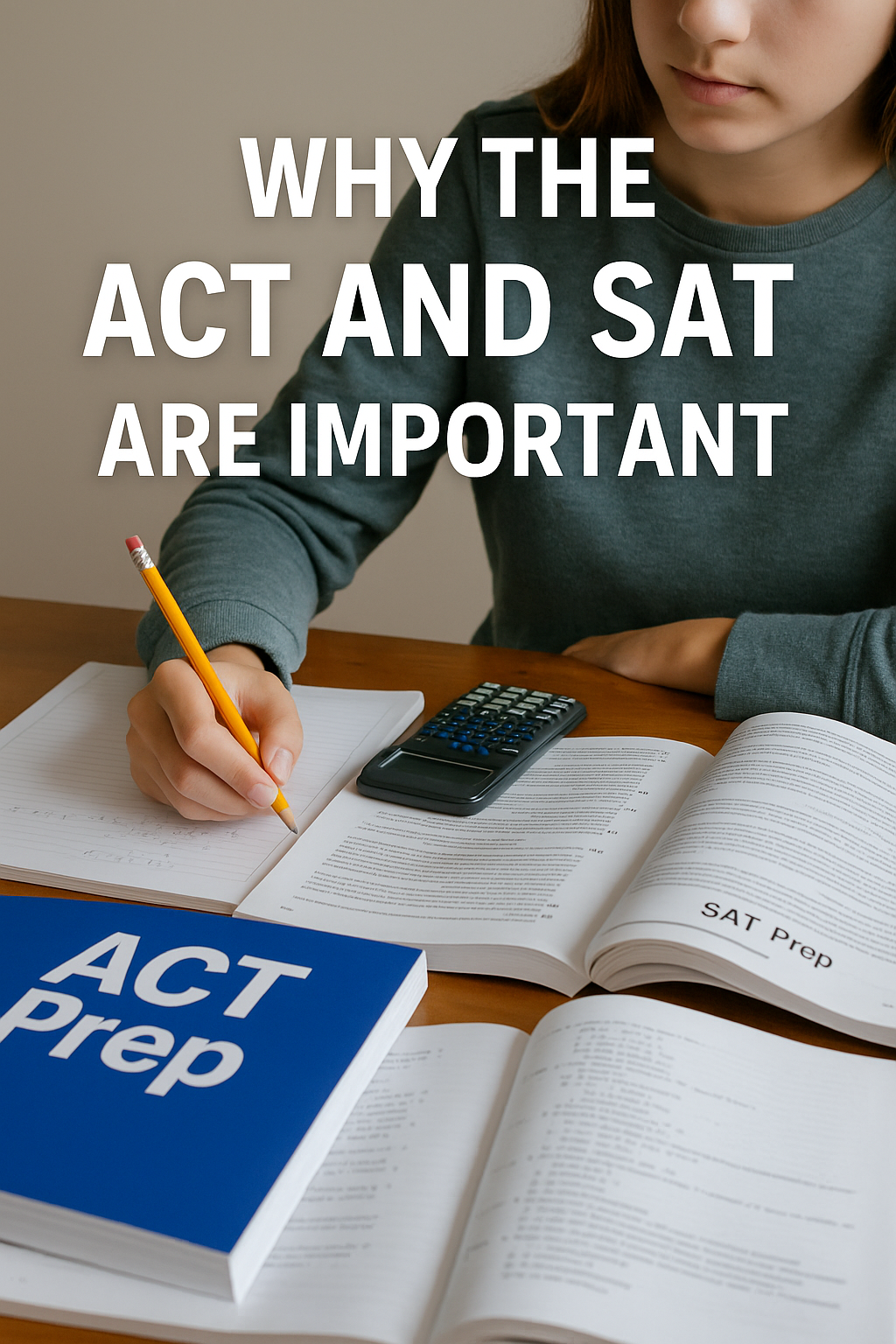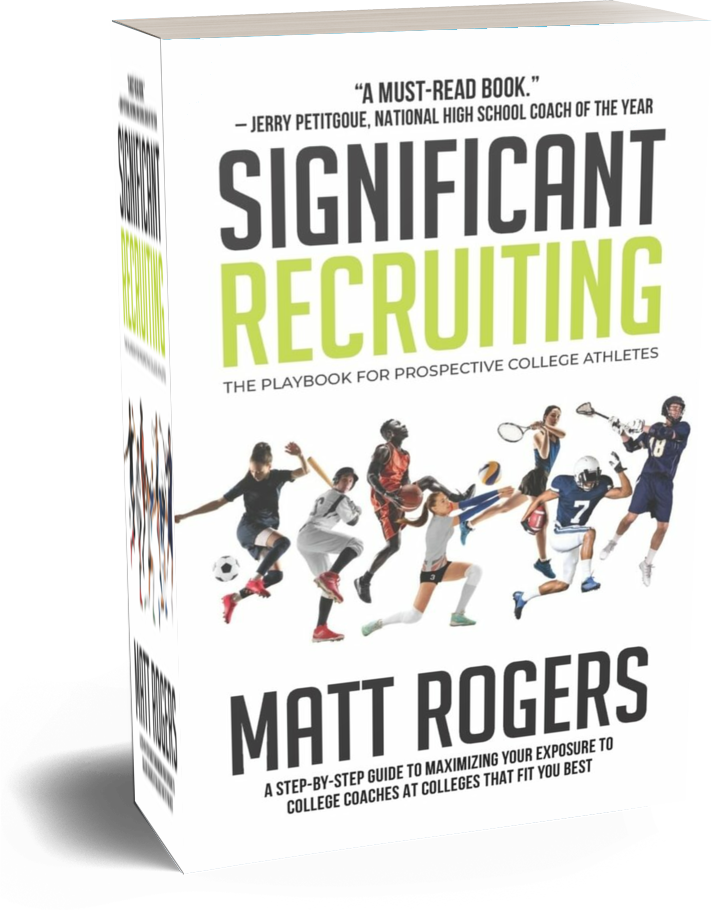“The one size fits all approach of standardized testing is convenient but lazy.” -James Dyson
Before We Begin
I welcome all comments, disagreements, or debates on what I’m about to say. I speak weekly with college admissions officials, university leaders, and coaches across the country, so I’m confident this advice will help more than it will harm. But just like I tell the families I work with—I won’t tell you what to do. I’ll simply give you the most practical and logical information, so you can make the best decision for yourself.
The Thesis
If your student is planning to attend college, I strongly recommend they take both the ACT and SAT at least once. After that, I encourage them to focus on the test that best fits their learning style and retake that test 2–3 more times to improve their score and scholarship potential.
Let’s walk through the “why,” starting with what these tests actually mean.
Why Standardized Tests Still Matter
After advising over 7,000 families over the past 12 years, I’ve heard every kind of feedback about high school education quality. Some say their school is nationally ranked. Others express frustration with overcrowded classrooms or inconsistent instruction. It’s clear: not all “A” students are created equal.
This is exactly why standardized tests like the ACT and SAT remain valuable. They give colleges a common metric to compare students across different schools, states, and educational experiences. A strong GPA is great, but test scores provide a more objective measure of a student’s academic potential.
Despite their flaws—and yes, we can debate the cultural, psychological, and socioeconomic inequities built into these exams—the ACT and SAT are still among the clearest tools colleges use to assess if a student is ready to thrive on their campus.
ACT vs. SAT: Know the Difference
These two tests aren’t carbon copies. They were intentionally designed to offer different formats that cater to different kinds of learners:
- The ACT leans toward speed and straightforward questions. It includes a Science section and emphasizes time management.
- The SAT focuses more on deep reading comprehension and multi-step problem-solving. It typically allows more time per question and often appeals to students who like context-based learning.
By trying both, students can figure out which test fits their cognitive strengths—right-brain or left-brain, fast processor or deep thinker.
But What About Test-Optional Schools?
Yes, many colleges went test-optional during COVID-19. Some were genuinely trying to remove barriers. Others were simply trying to fill dorms. But now, many are reversing that policy.
Why? Because the data is catching up. Without standardized test benchmarks, many colleges experienced:
- Higher dropout rates
- Lower GPAs among first-year students
- Decreased retention
- Fewer students accepted into graduate programs
Test-optional is not always better. And even at test-optional schools, high scores can boost merit aid and admissions odds.
4 Bold Suggestions for Schools and Families
Here’s what I believe should become the new normal for families and high schools everywhere:
1. Eliminate Pre-ACT and PSAT. Replace with ACT and SAT Prep Courses for All Sophomores.
Why? These “pre-tests” don’t count toward admissions, and most colleges only consider a student’s best test score. Let’s stop wasting time on practice exams and instead give students test prep that builds real results. Then let them post real scores early—and build from there.
2. Require All Juniors to Take Both the ACT and SAT Once in the Fall.
Why? Many students walk away from one test discouraged, not realizing they might excel at the other. Taking both tests opens doors, reveals strengths, and sets a clearer path forward for improvement.
3. Offer Both Exams Multiple Times Per Year and Open Them to All Students, Including Freshmen and Sophomores.
Why? Starting early gives students time to grow into the exam and improve their scores. For student-athletes, D1 and D2 coaches can begin making offers at the end of a student’s sophomore year. Strong early scores help coaches feel confident making scholarship offers. And for all students, better scores often equal better financial aid packages.
4. Allow Juniors and Seniors to Opt Into Sophomore Test Prep Classes.
Why? If we tell students these tests matter, we need to invest in long-term access to learning and tutoring. The return on investment—in scholarships, college access, and future job opportunities—is well worth it.
Final Thoughts
Yes, giving up a Saturday morning to take a grueling 3-hour test is no one’s idea of fun. Doing it two, three, or even four times might sound even worse. But if those mornings open the door to a better college fit, greater scholarship money, and a smoother academic transition—it’s absolutely worth it.
The bottom line: one test shouldn’t define a student, but the right approach to testing can redefine their college future.
Want more resources to guide your student’s recruiting or college journey?
Head over to CoachMattRogers.com for blog posts, free tools, and my book Significant Recruiting: The Playbook for Prospective College Athletes.







